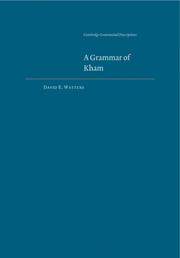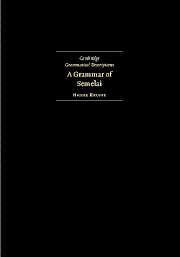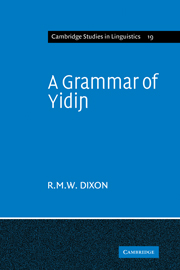A Grammar of Kham
This is a comprehensive grammatical documentation of Kham, a previously undescribed language from west-central Nepal, belonging to the Tibeto-Burman language family. The language has an unusual structure, containing a number of characteristics that are of immediate relevance to current work on linguistic theory, including split ergativity and its demonstrative system. Its verb morphology has implications for the understanding of the history of the entire Tibeto-Burman family. The book, based on extensive fieldwork, provides copious examples throughout the exposition. It will be a valuable resource for typologists and general linguists alike.
- This is the only available description of Kham, an endangered language with many features of relevance to modern linguistic theory
- It is based on extensive fieldwork and provides a large amount of data and examples, which will be useful to typologists, syntacticians, and other comparative linguists
- It provides new evidence that will influence our understanding of the whole of the Tibeto-Burman language family
Product details
October 2009Paperback
9780521120517
504 pages
244 × 170 × 26 mm
0.8kg
Available
Table of Contents
- 1. The people and their language
- 2. Segmental phonology
- 3. Tonology
- 4. Nouns and noun morphology
- 5. Verbs and verb morphology
- 6. Modifiers and adjectivals
- 7. Locatives, dimensionals and temporal adverbs
- 8. Adverbs and adverbials
- 9. Minor word classes
- 10. Noun phrases, nominalizations and relative clauses
- 11. Simple clauses, transitivity and voice
- 12. Tense, aspect and modality
- 13. The modality of certainty, obligation, unexpected information
- 14. Non-declarative speech acts
- 15. Interclausal relations and sentence structure
- 16. Nominalized verb forms in discourse
- 17. The Kham verb in historical perspective
- 18. Texts
- 19. Vocabulary
- References.






